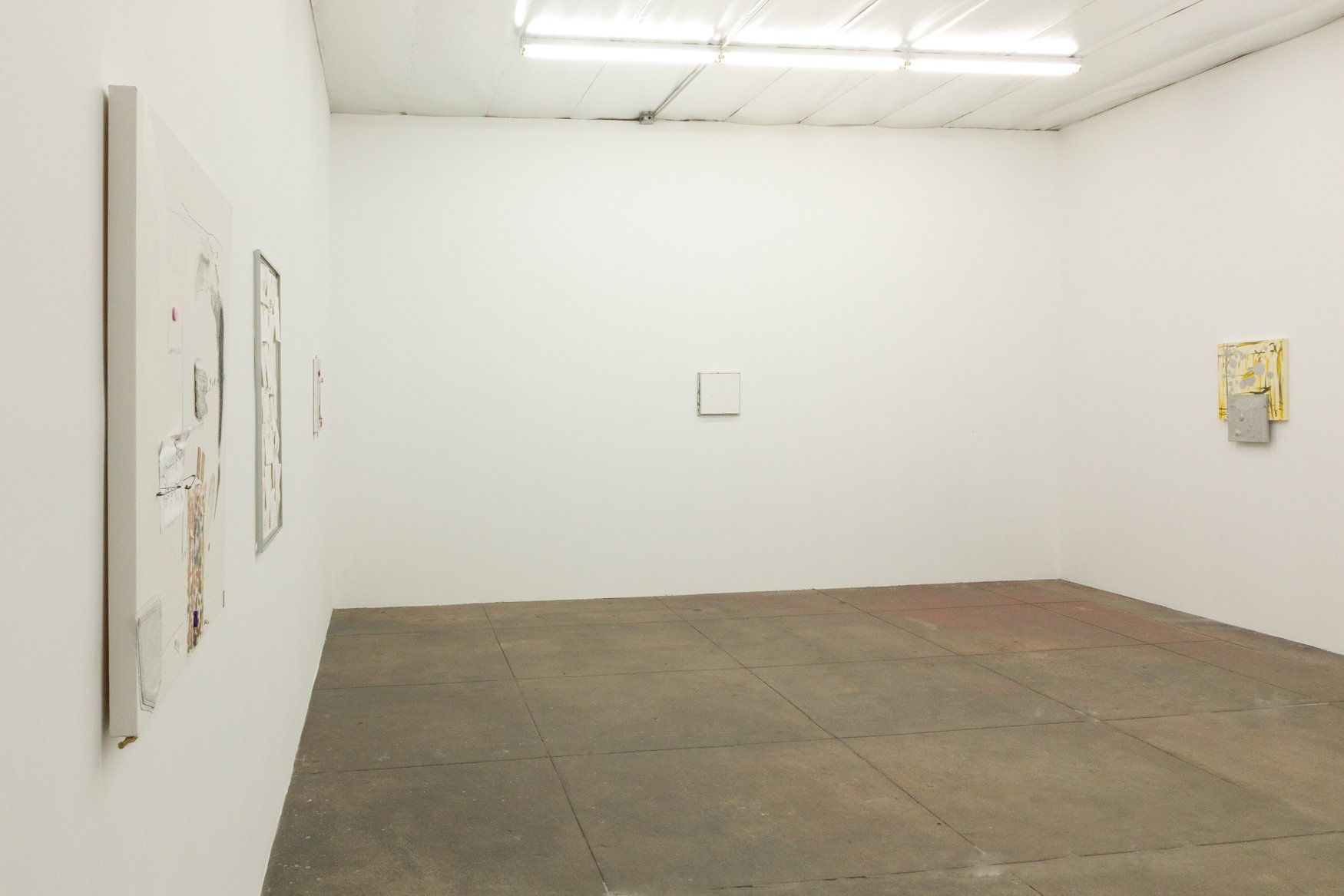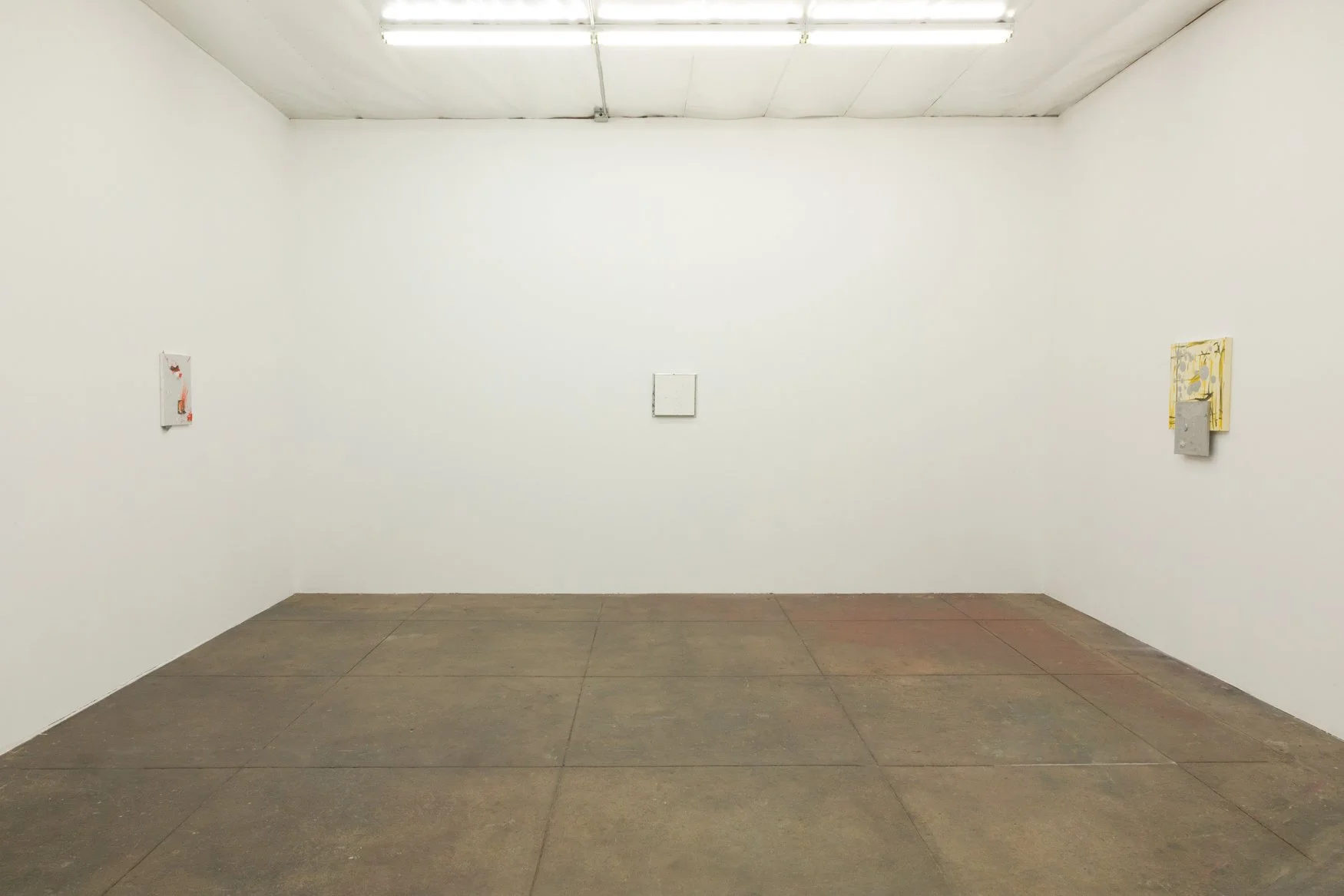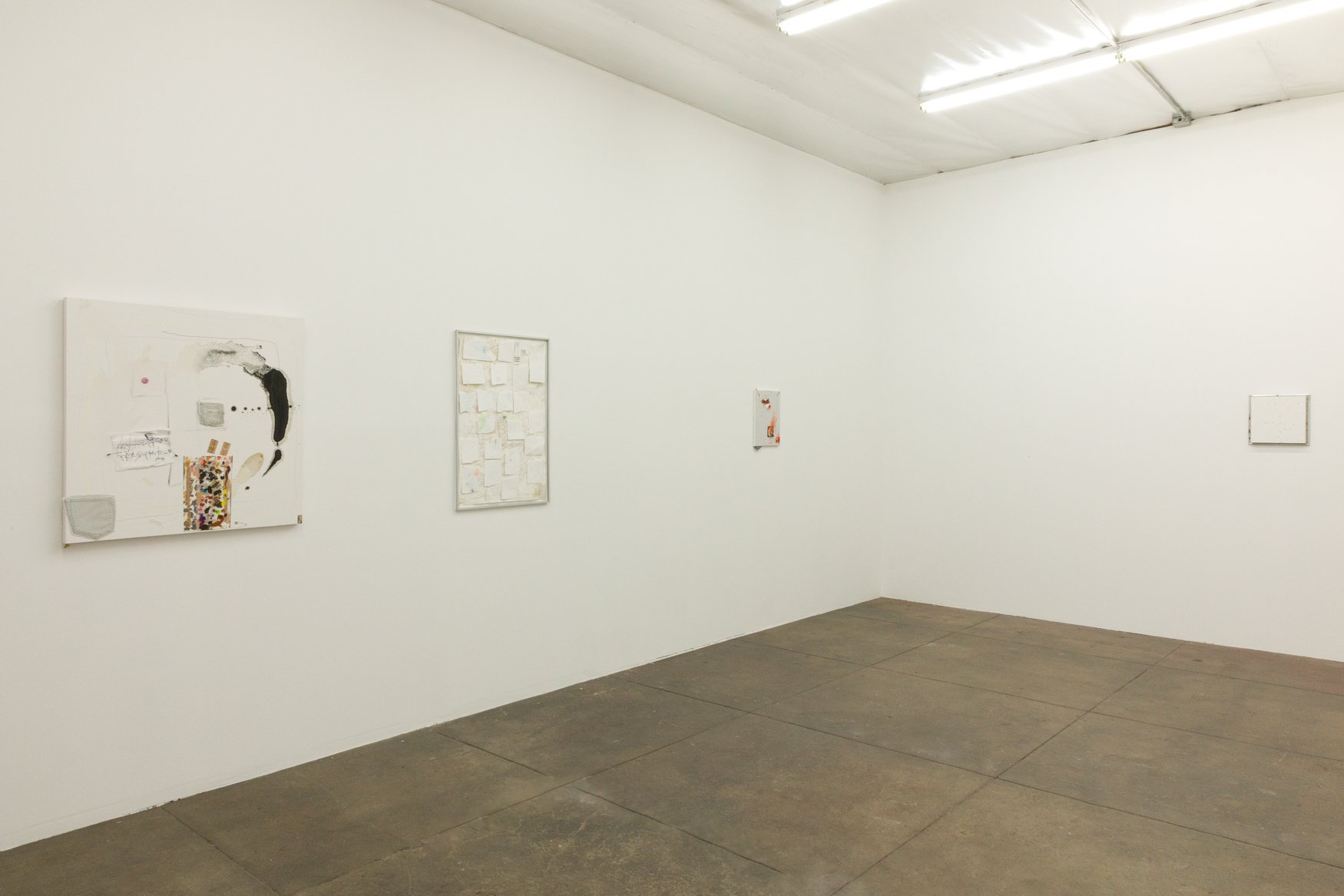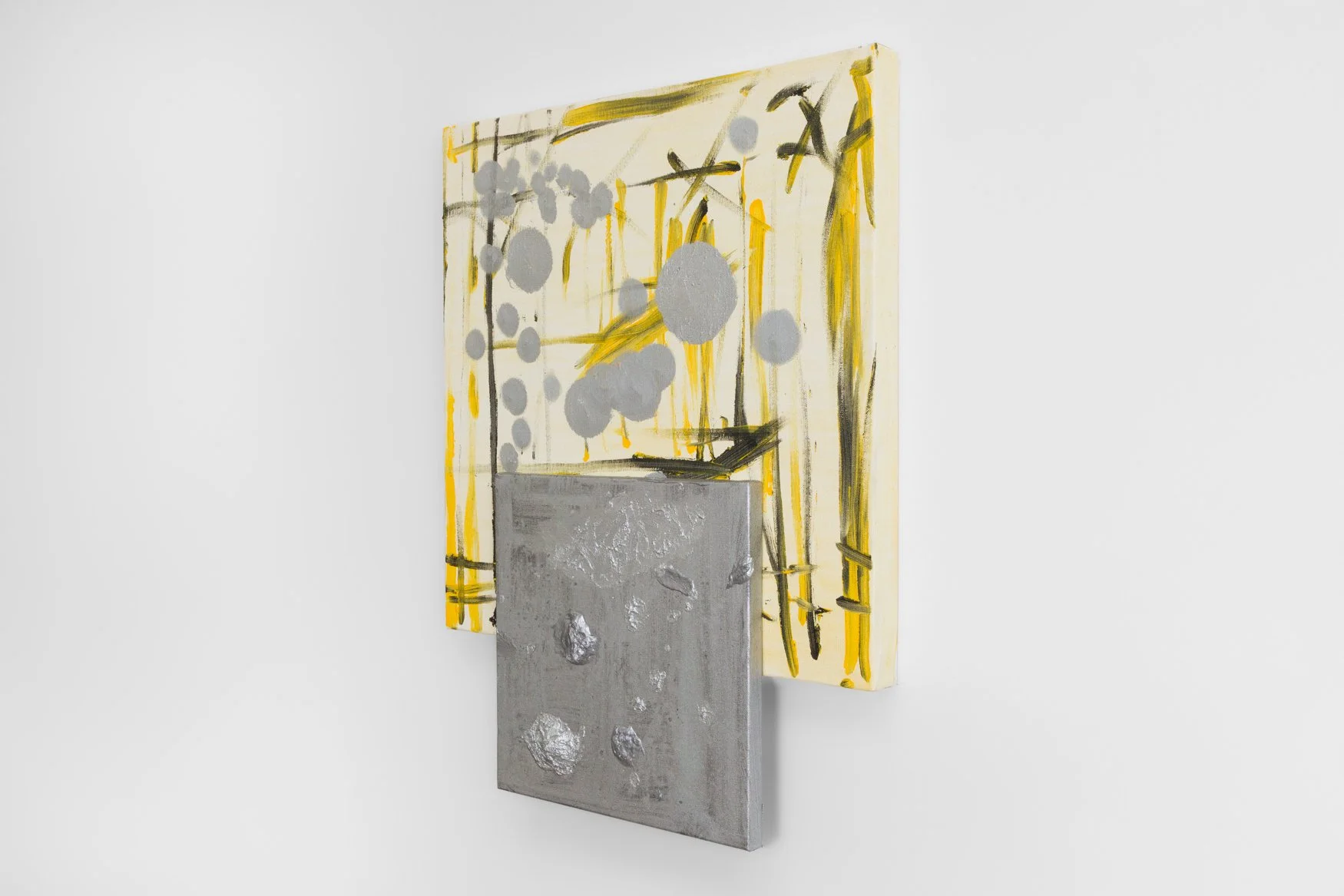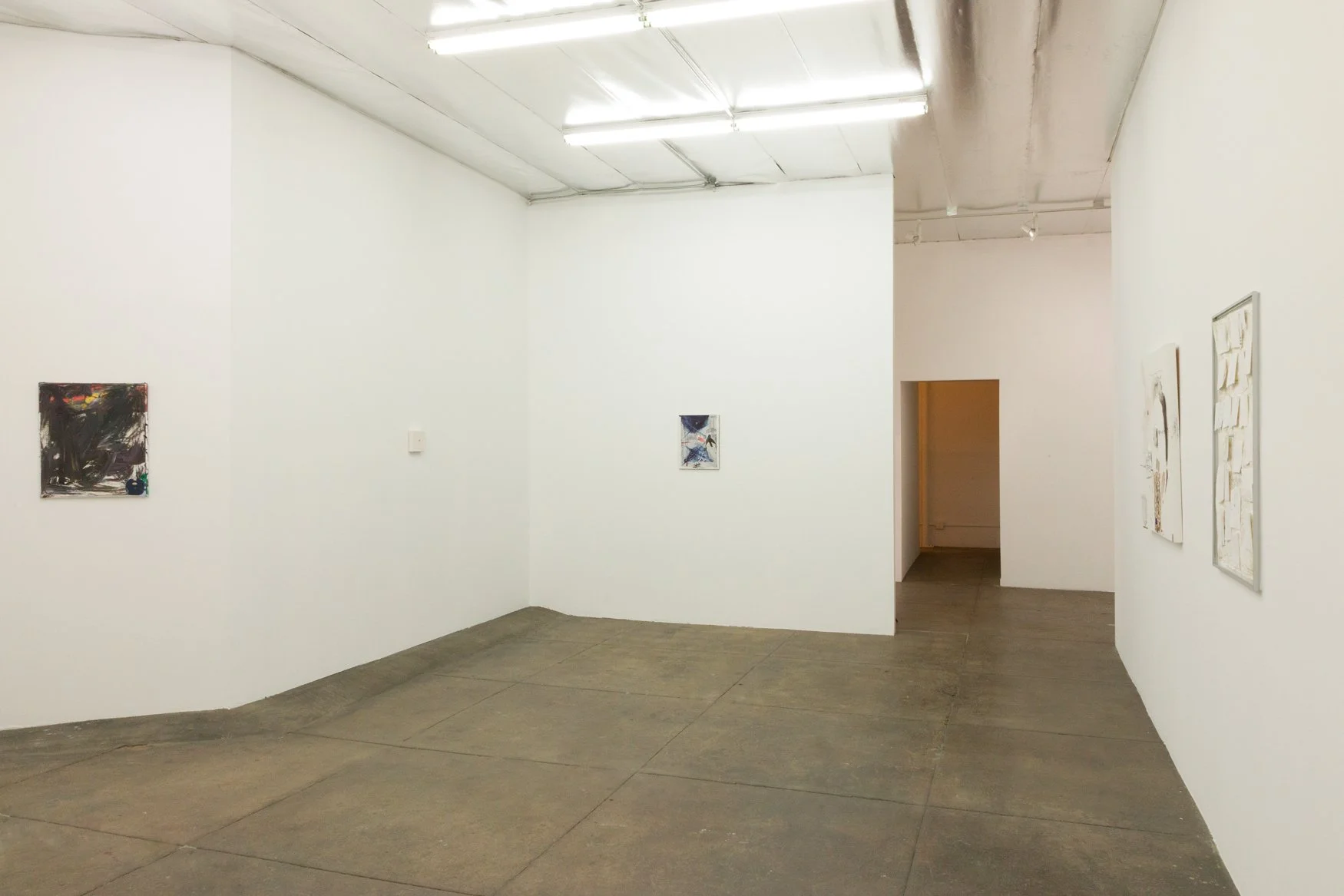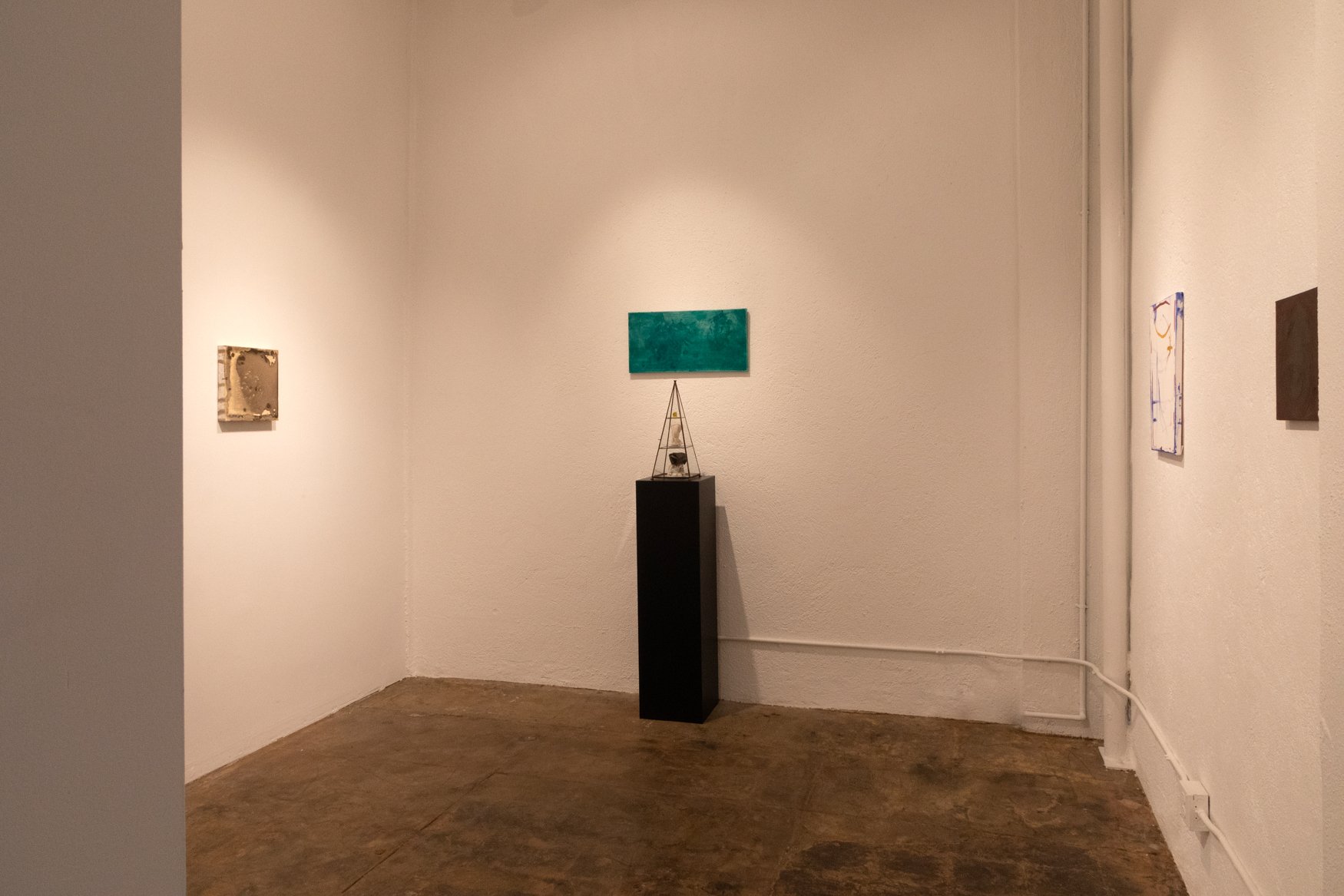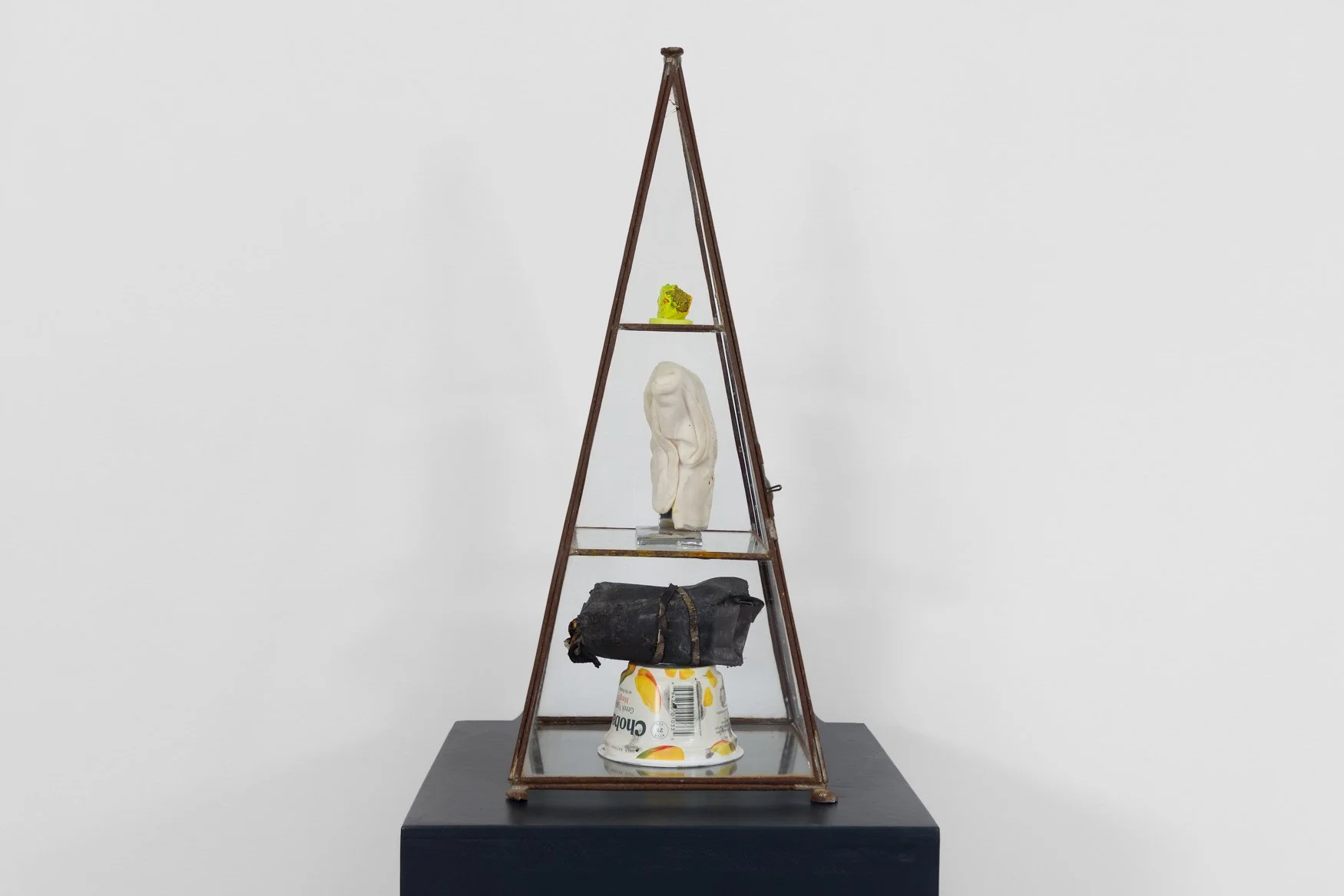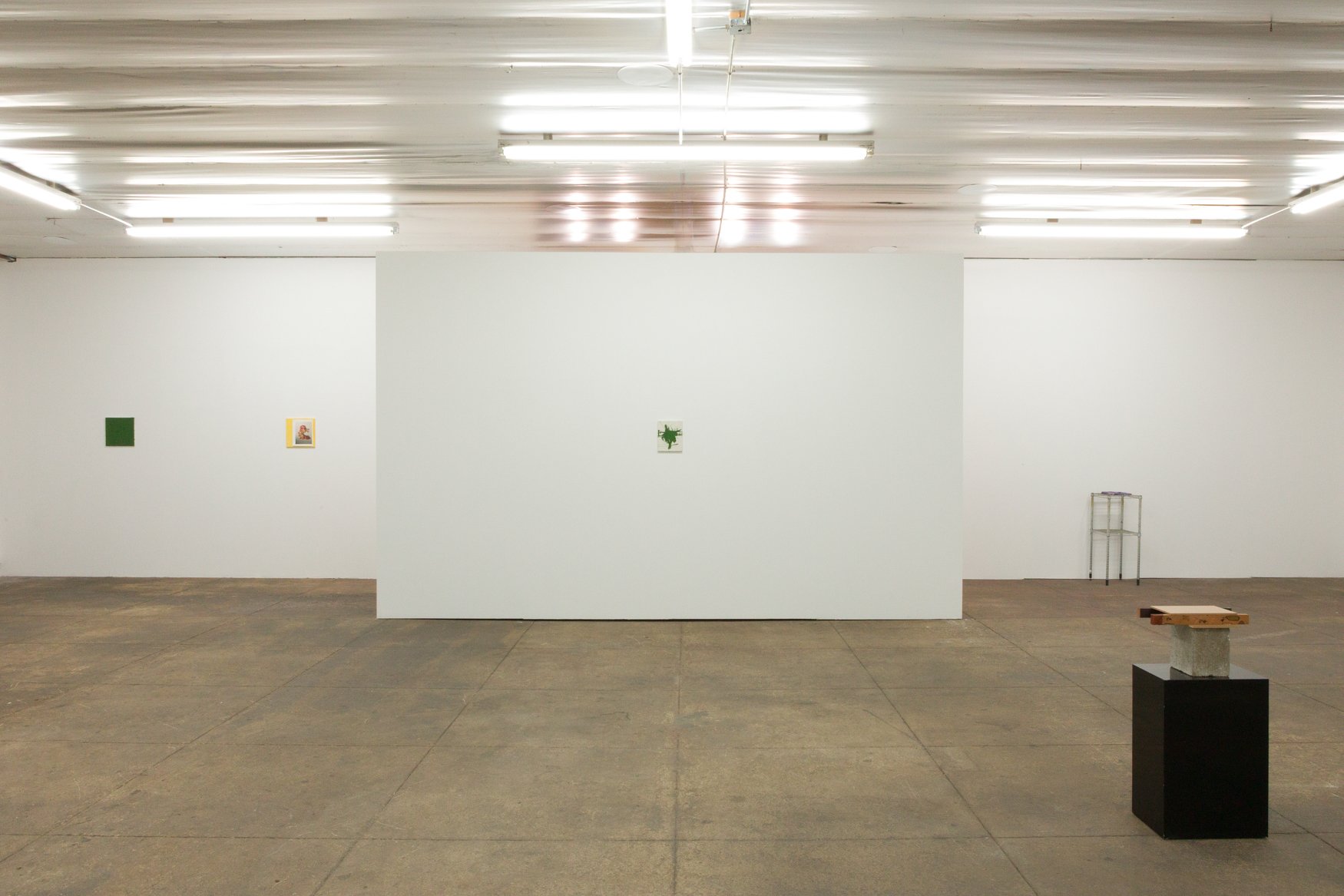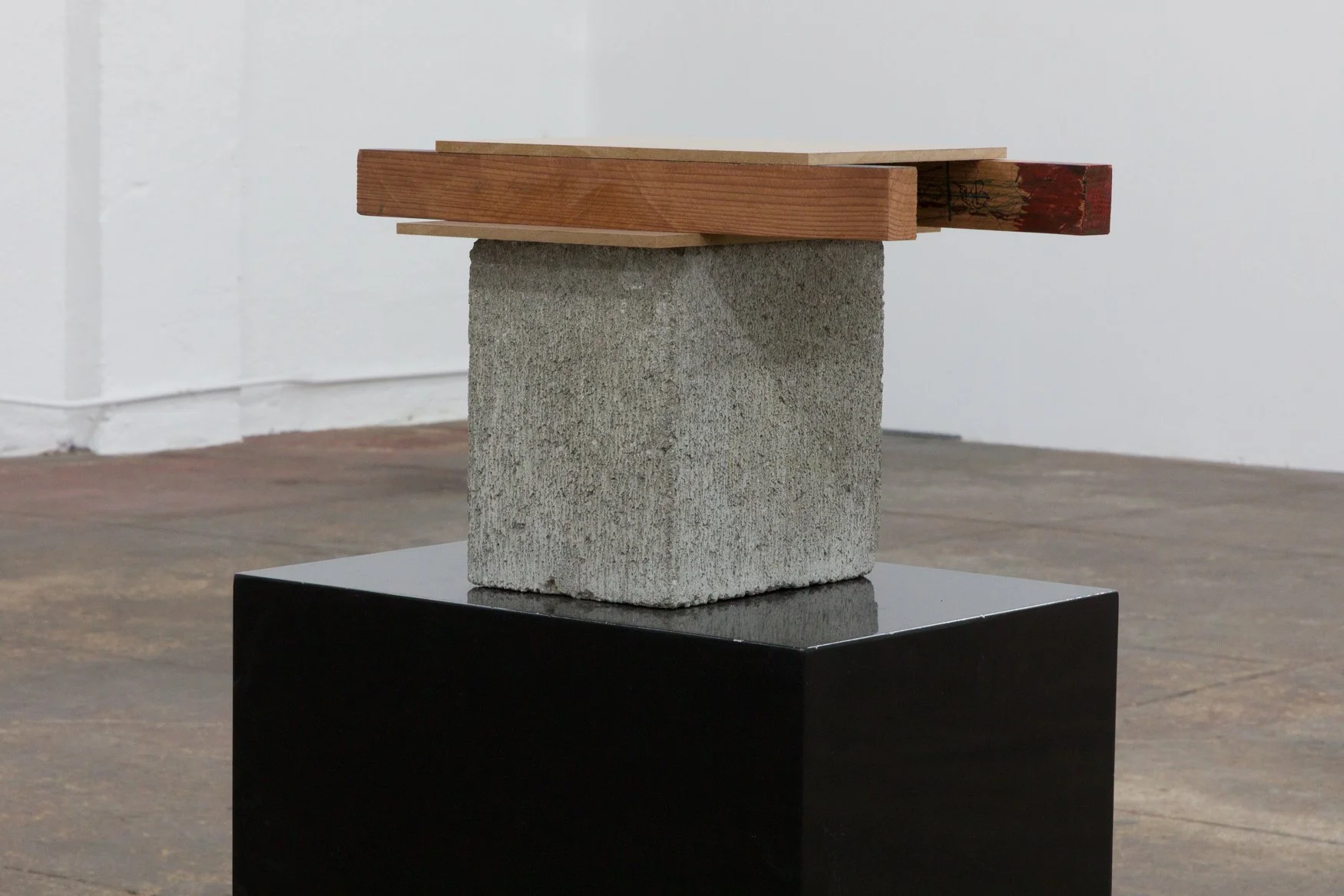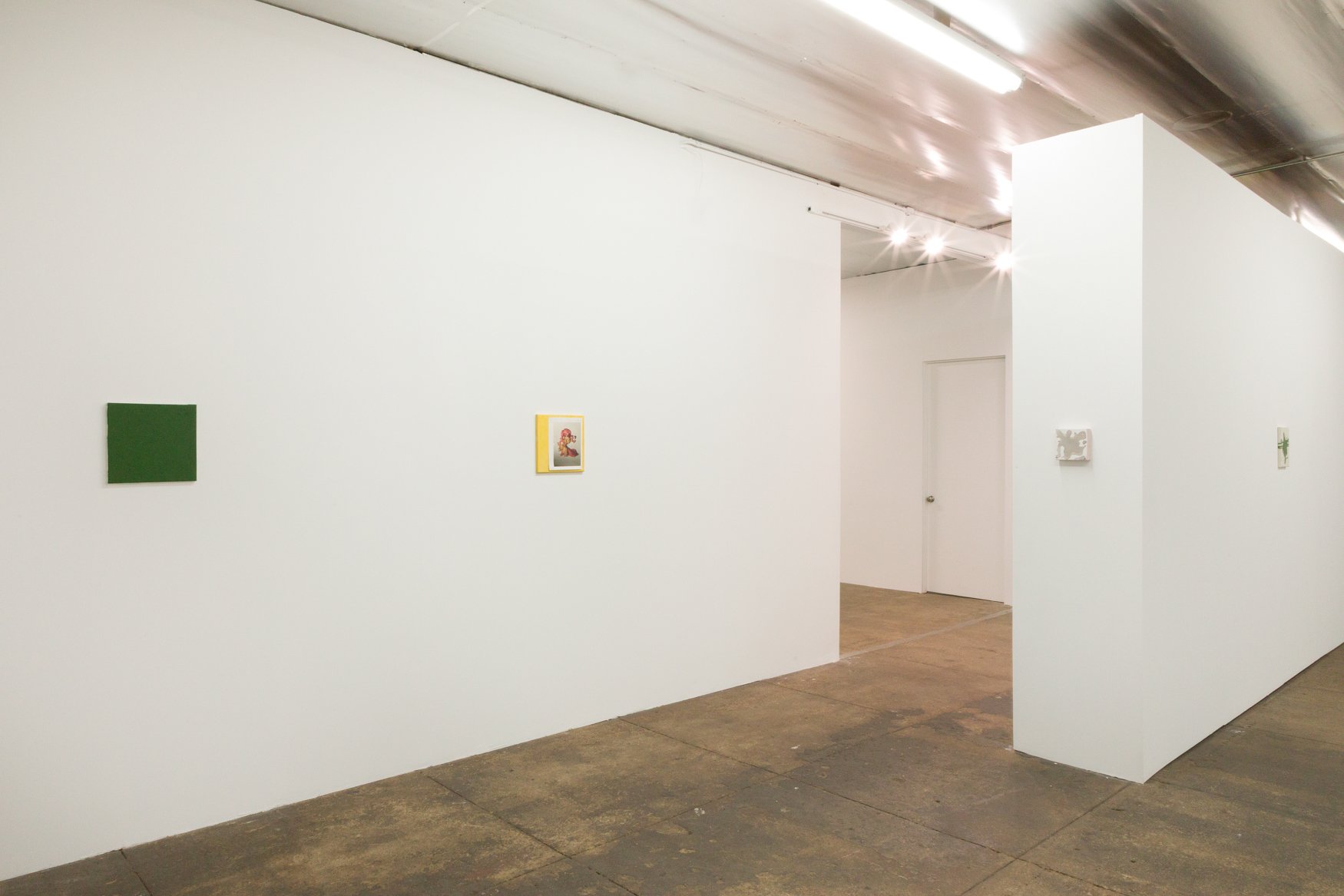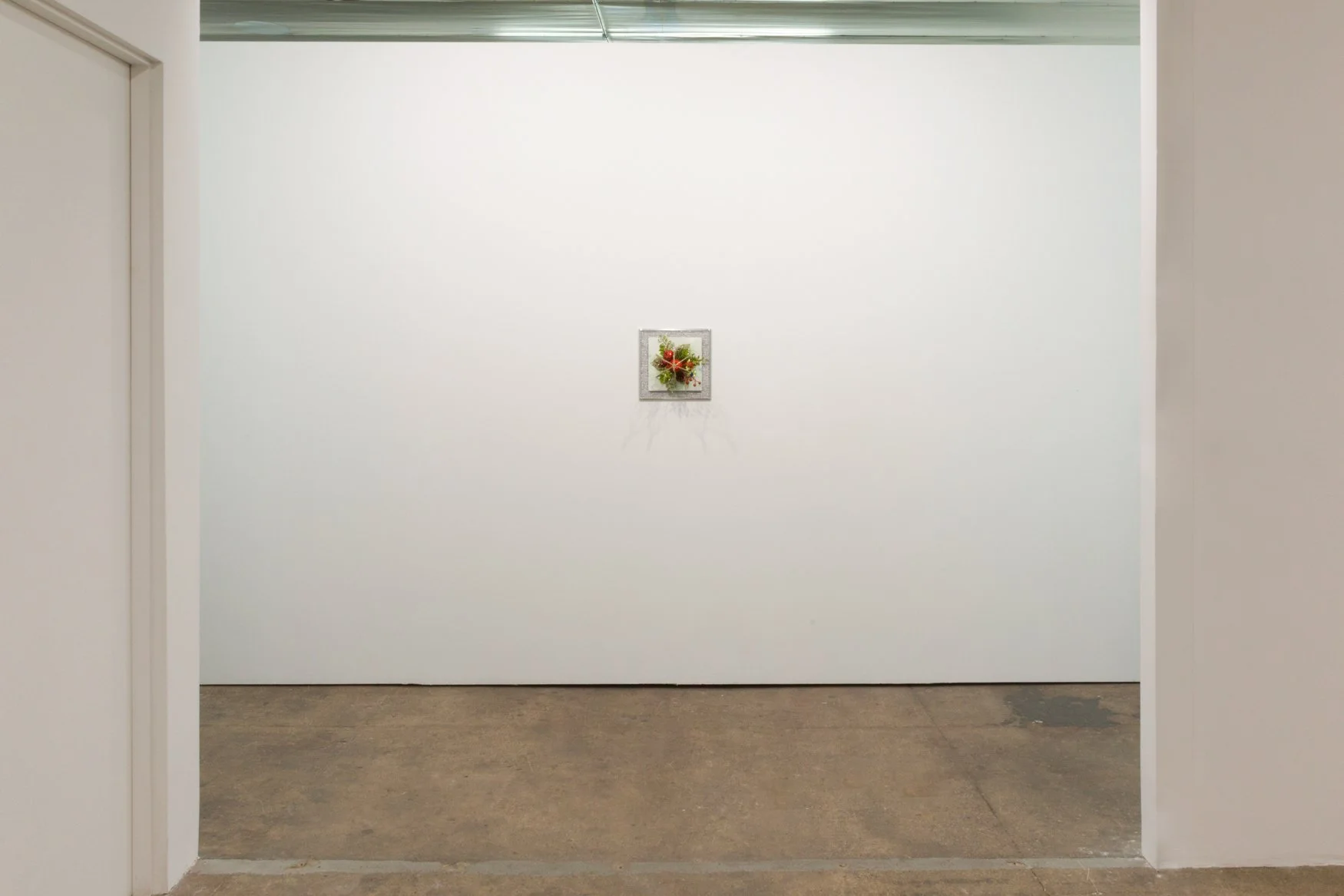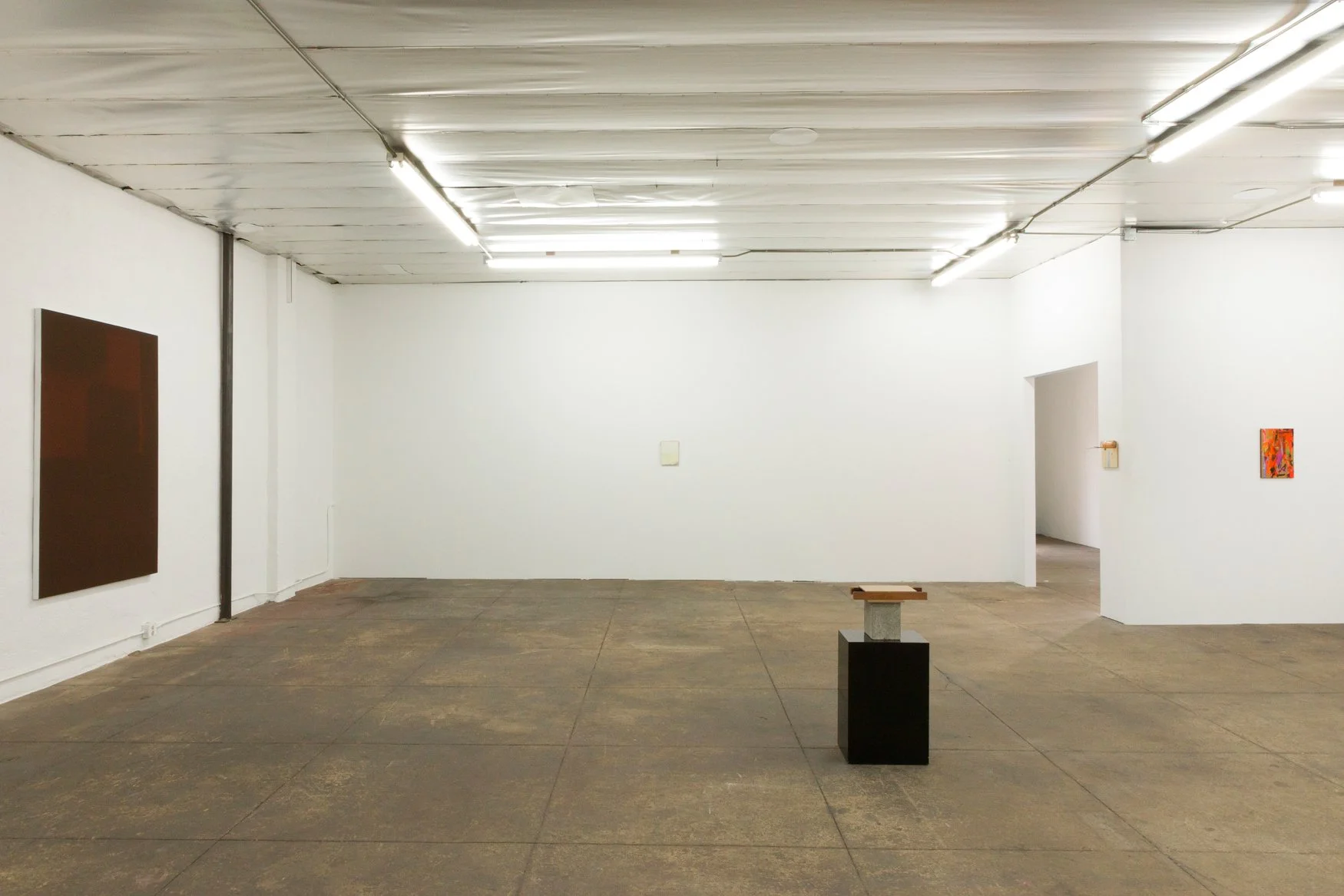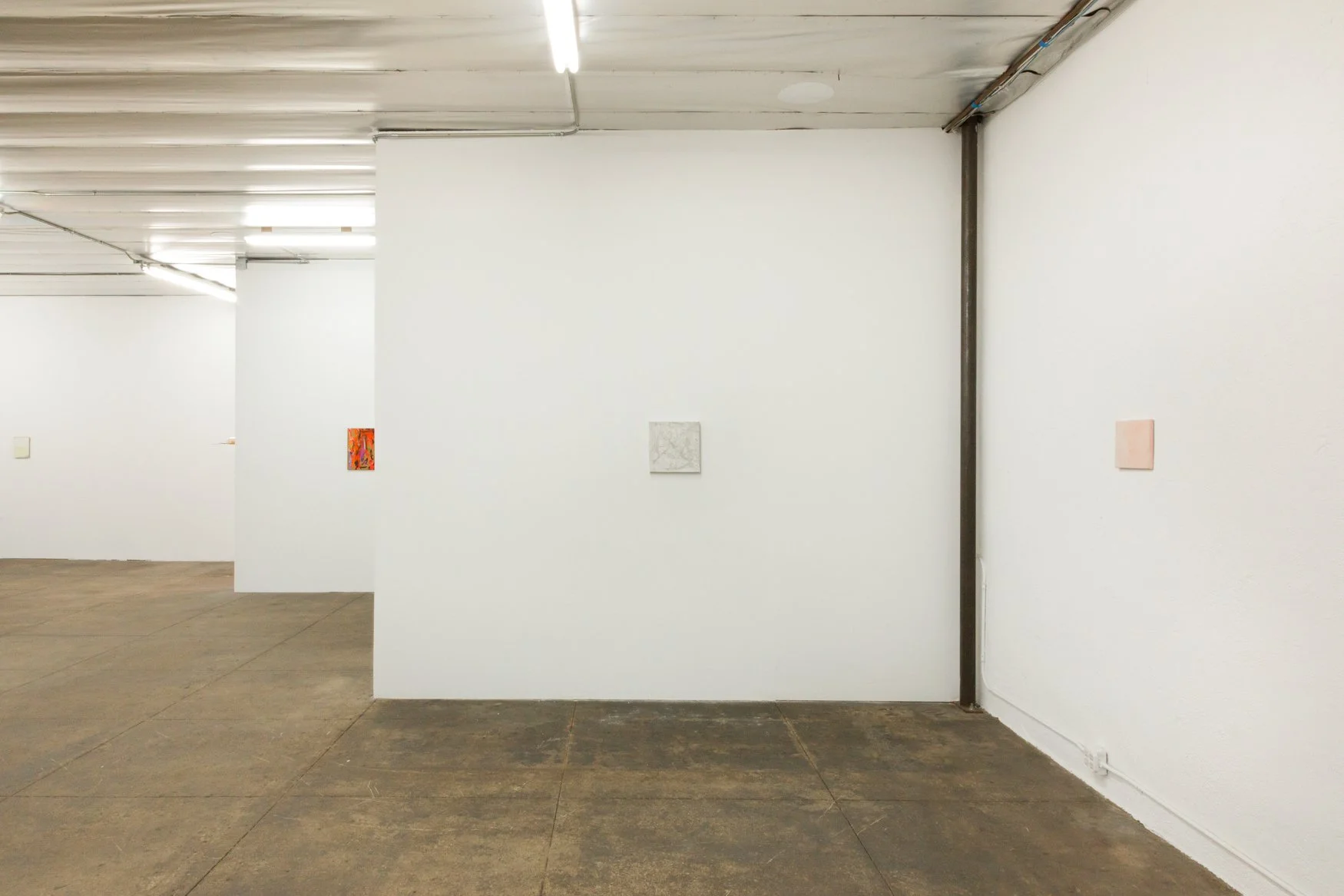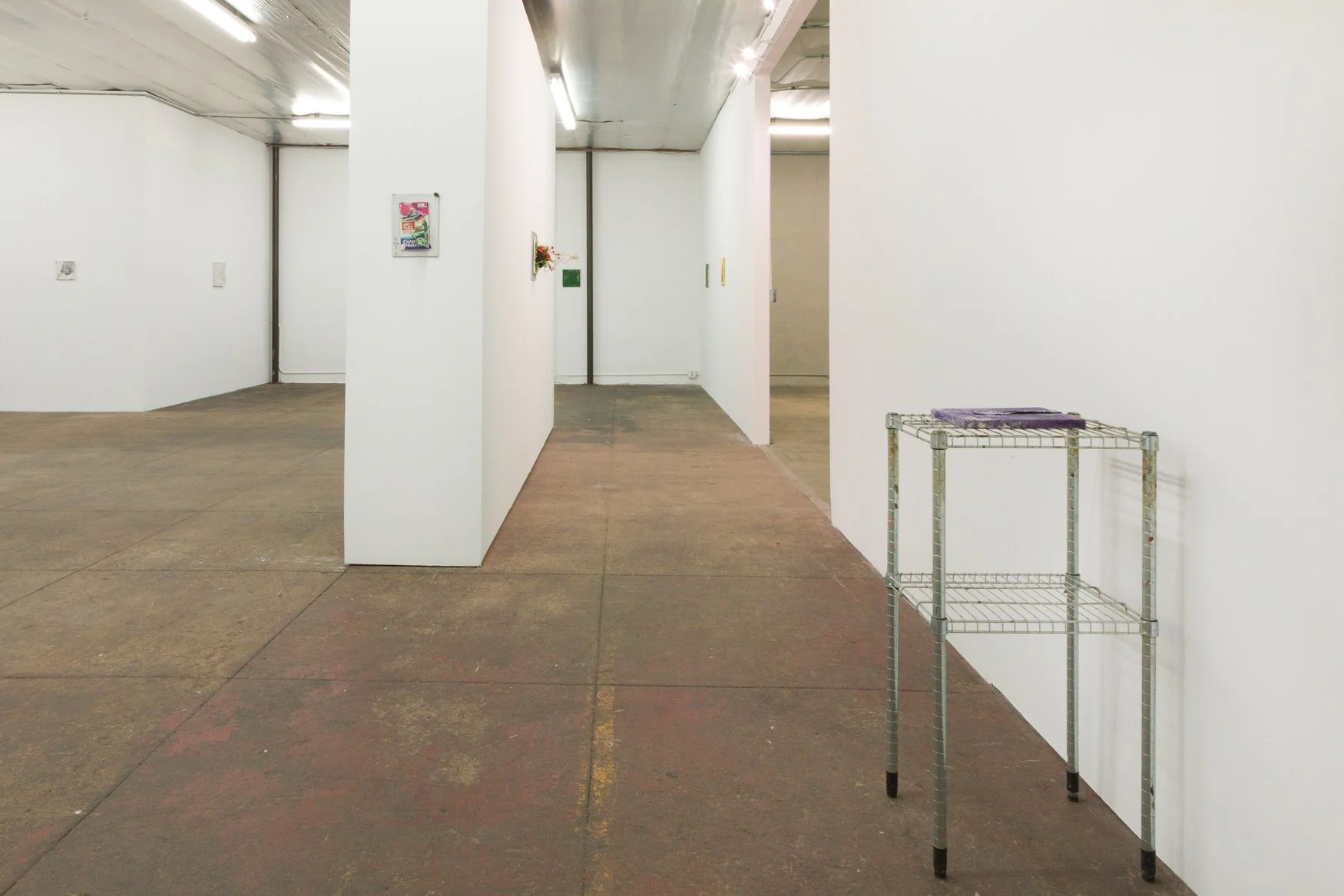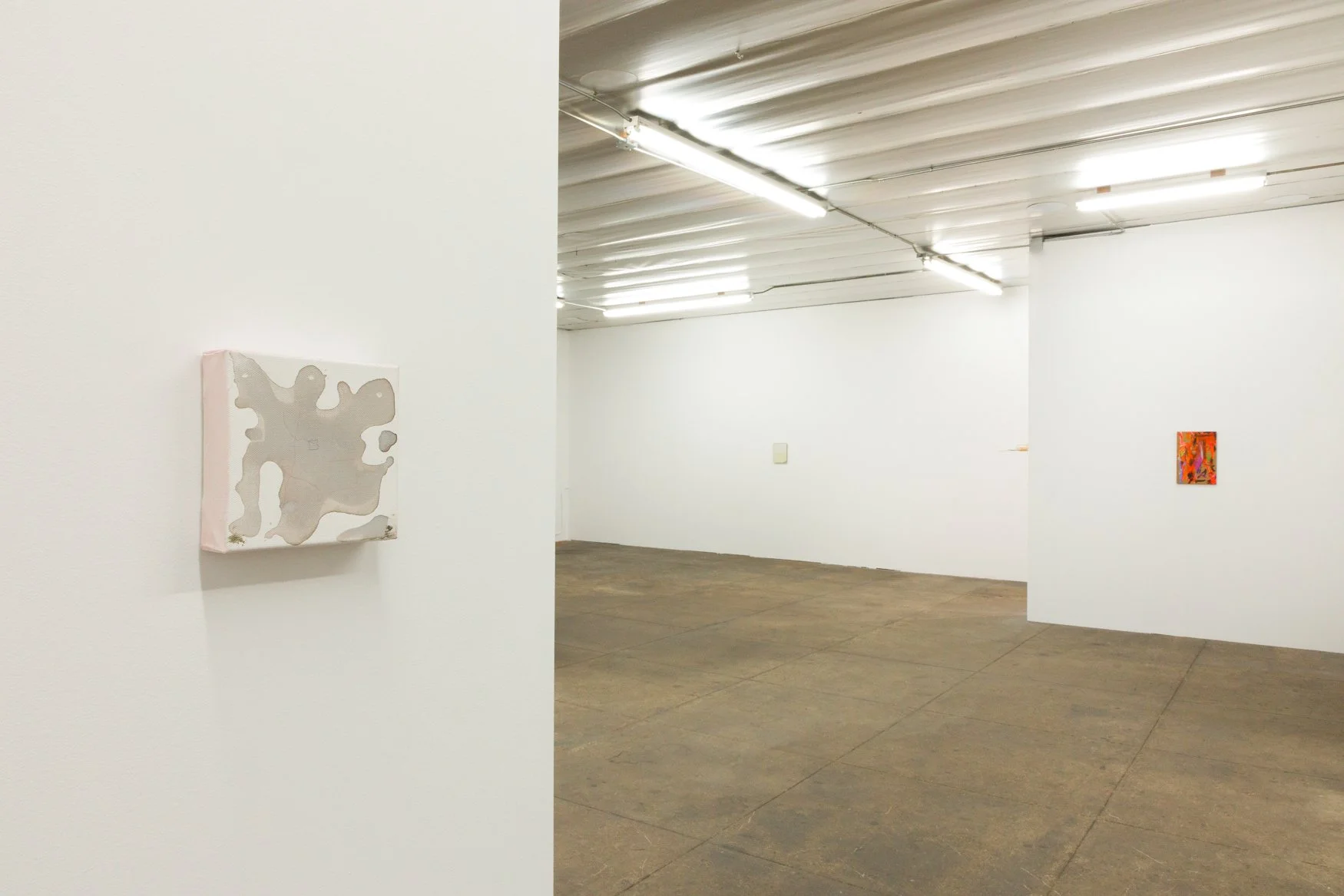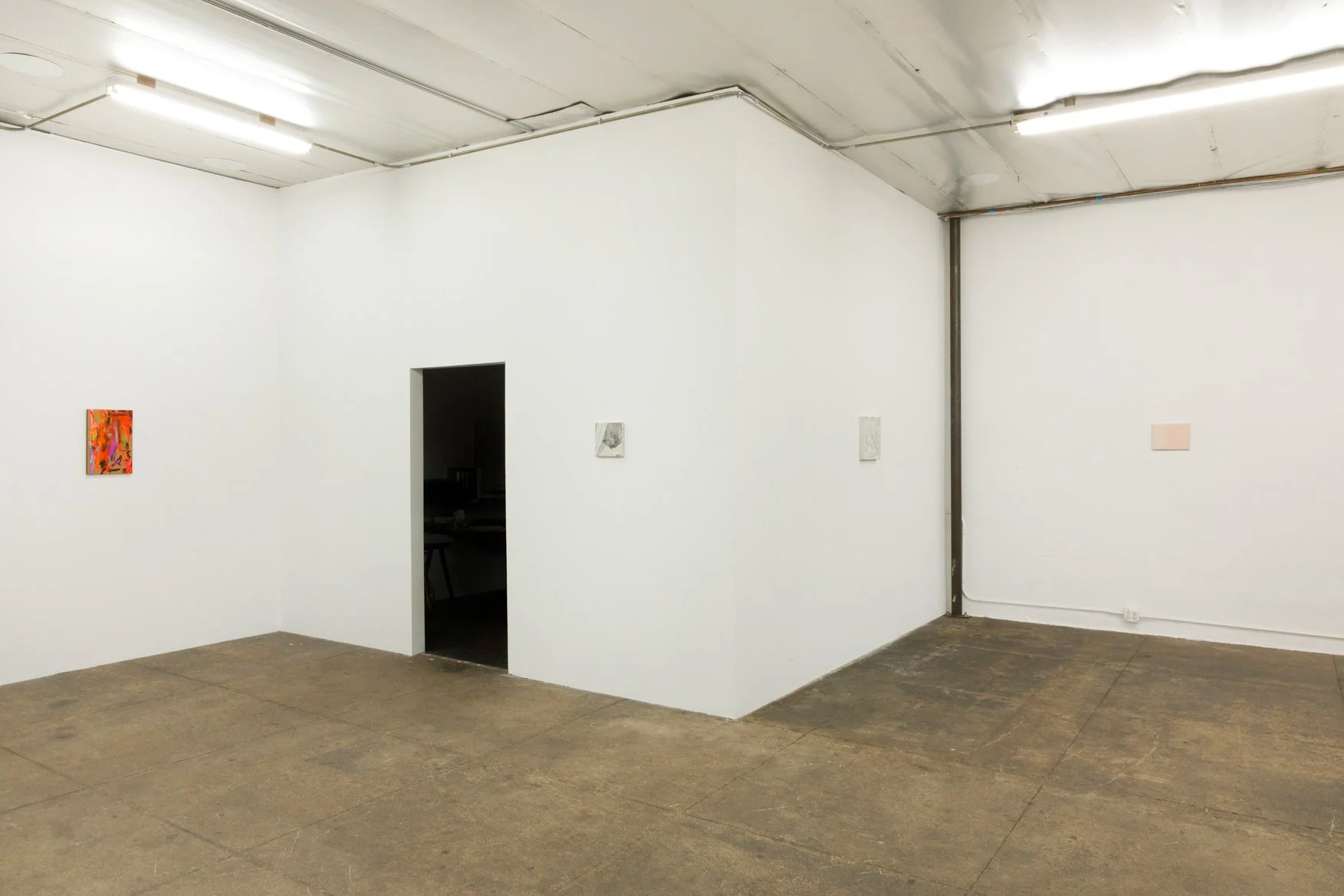LER ESPERANZOO
POID’S NET
July 5 through August 31, 2025
Ler Esperanzoo: born May 29, 1984. Lives and works in Upland and Fontana CA, respectively.
Utilizing disparate means and methods to generate paintings that, at first reckoning, have little in common with one another, Esperanzoo produces typically small scale works that suggest much larger, complex worlds from which they emerge. They seem to depict processes, instances of revelation, dream-like and hallucinative states of mind, primal communications broadcast from substances themselves, objects and invisible centers of energy. The connective tissue holding these heterogeneous artworks together is the unique language from which it all issues forth: a pre-, sub-, proto-, preter-articulate and infinitely and at all times actively communicative language suggesting that the universe speaks-and-thus-becomes. Esperanzoo catches the world everywhere in the act of utterance - speaking its self. Ler Esperanzoo describes his approach to painting as "provoked by material obsession, fragmentary, distracted and swift, programmatic, guided by voices, long, dialogical, ruminative, aggravating and disappointing, abusive of inherent material properties and conventional handling, mean, adoring, interfering, interruptive and shifting, deeply meditative, explorative, emotionally exhaustive." "I don't have much time to actually make the work. I have jobs and people and keeping things in order which, omg." He continues.. "My work comes out as if in a dream - I'm living it but I don't control it, I only pick up the materials I love the best while I'm doing it, try to make a few rules to move the process along. I know when I'm finally done, it feels a little like passing out.."
Ler Esperanzoo communicates an unmediated intimacy within his art -
(excerpted from an essay by Emma Grace Gunn-Duncan)
- a raw, sudden release of spirit(s) and gesture(s), Esperanzoo bypasses the methods and means of what artists are traditionally taught to use and do - favoring instead an instinctive, visceral approach. Esperanzoo’s work is rooted in action: expressive brushstrokes, ruptured surfaces; and a poetic tension between paint and subversive materials. These elements become a language: organically expressive, lyrical and resourceful, non-repetitive, oracular - one centered in movement, spiritual revelation and inner impulse. Themes of landscape, space and outer space, selfhood, morphosis, human nature and connection pulse throughout Esperanzoo's compositions. His intuitive abstraction and methodologically deliberate spontaneity open space for something more than depiction - they offer a form of witnessing. Each work becomes a representation of revelation itself, where materiality is prayer and chaos becomes clarity.
Ler Esperanzoo’s work reflects a dynamic and intuitive relationship to material. Tangible objects become vehicles for conversation:
Untitled (2025)
dismembered pockets, an ornamental palette blotted with multicolored paint, two dated train tickets from Poland, a cascade of black ink and a fortune from a cookie that reads “pleasure awaits your company.” Each element feels both chosen and found, intentional yet incidental - like artifacts excavated from the artist’s own private archaeology.
Even in the space between these more substantial materials, there is a pulse. Fine lines of highlighter yellow, blue and black ink, thread through the composition like veins, connecting the life force of the work. These connective gestures lend the piece an internal logic, a silent choreography.
"Untitled" (2025) feels emblematic of the artist’s relationship to physical memory - those overlooked traces of a life quietly unfolding. Pant pockets function as temporary archives, holding cells for soon-to-be-discarded souvenirs. I rarely question my automatic impulse to empty them, to rid myself of what seems trivial. But here, Esperanzoo resists that reflex. He offers these fragments - quiet remnants of experience - as material testimony. Small gestures of moments kept, made visible. Preserved not in Baltic amber, but in paper, ink and paint. The fortune he places at the bottom of the canvas - "pleasure awaits your company" - takes on a talismanic quality. It seems to allude to the pocket’s quiet role as keeper of the omitted yet sacred. As if anticipating a reunion with a life already lived: a lover’s hand, a pin, a train ticket, a crumpled note. The message is part prophecy, part invitation.
A dense black ink blot blooms across the surface like a reaching hand, its curling form culminating in what looks like a punctuating fingernail. It gestures not only to the act of remembering, but to the longing embedded within it - the ache to retrieve what was once insignificant and now feels essential. There is a beckoning, urging the viewer to do the same.
Studded Drawing (2025)
Esperanzoo’s "Studded Drawing" (2025) bursts with a raw, electric charge - an immediacy of expression that, at first glance, resembles a hybrid; treasure map and a detective’s board. It feels like an urgent attempt to solve a lingering, unspoken question. But upon closer inspection the work reveals something heavier: a grief for words left unsaid. Torn envelopes float across the surface, seemingly suspended above a larger underlayer of paper. Their overlapping shadows - paper against paper - combined with globs of glue and faint scribbles, form a layered topography. These gestures give the piece dimensionality, evoking a kind of emotional landscape. The frame itself, resembling a window screen fixture, reinforces the sense that we’re peering through something - a screen perhaps into the artist’s psyche.
The palette, composed of soil browns, forest greens, twilight blues with the occasional flare of sunset orange and fire red, maps an emotional terrain. It is as though Esperanzoo has translated interiority into environment (the working title for Studded Drawing was "Borf, mein Dorf." Whatever "Borf" means, "mein Dorf" is German for "my village"). The torn envelopes, for me, speak directly to grief. The physical act of tearing - of destroying a vessel that once carried meaning - mirrors the emotional violence of loss. One particular envelope reads, “This a letter to a... friend. Dearest,” but its message is interrupted by a blank envelope positioned between "a" and "friend.” Its orientation - horizontal, flap-forward - visually interrupts the otherwise vertical composition, acting as a barrier. It becomes a symbol for all that cannot be said: a moment where communication breaks down under emotional strain. A rupture. Letter writing itself feels central to Esperanzoo's work - not just as a medium, but as a metaphor. It’s a practice of patience, care and intention - qualities often lost in the speed and convenience of modern communication. Letters require presence. Waiting. Hope. And with that, the vulnerability of uncertainty. Studded Drawing seems to mourn that loss; the erosion of care, of presence, of deliberate expression.
The title itself, Studded Drawing, feels ironic and poignant. The word “studded” usually implies decorative metal accents, yet here it’s the envelopes - those quiet vessels of communication - that decorate the canvas. Only one literal stud appears - at the center - but the preponderant adornment lies in these fragile, torn, half-told stories.





